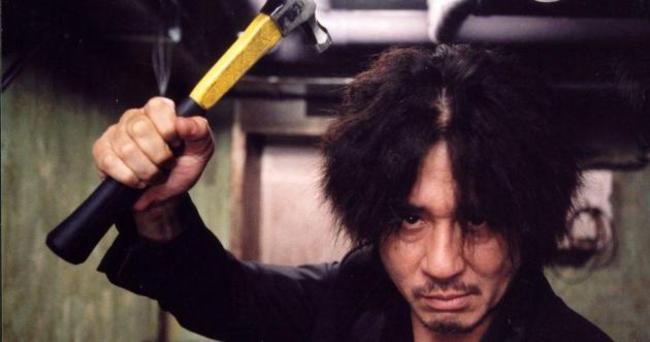
Park Chan-wook currently enjoys international fame, particularly due to films like “Oldboy” and “Thirst”, which have been hailed by critics and audiences all over the world. His uncanny ability to combine elements of art-house with mainstream film is the one that truly sets him apart and has led him to produce films that range from blockbusters (“J.S.A.”) to artistic studies of the human psyche (“Sympathy for Mr. Vengeance”).
His prowess in the depiction of various themes and genres is supported by his technical aptitude, with their combination resulting in a number of masterpieces that excel in both aspects. Over the years, he has created a unique and highly recognizable style.
Here are ten of his most distinct traits. Please take caution, before reading, because the list contains many spoilers.
1. Characters who act like caricatures
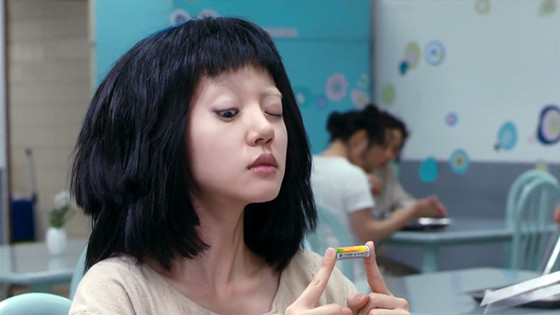
Park’s absurdly unique sense of humor extends to the portrayal of his characters, who frequently act with a goofy excess, in both movement and speech. This tactic of his aims at “lighting” the usually heavy themes of his films, making them, in that fashion, more entertaining.
This trait is most eloquently presented in two cases. The first one takes place in “I’m a Cyborg, But That’s OK” with Im Soo-jung, who plays Cha Young-goon, a young woman who thinks she is a cyborg. Soo-jung draws from this absurd notion and acts as if she was actually a robot, with her movements, apathy, and general attitude resembling that of a remote-controlled android.
The second one comes from Kim Ok-bin, who plays Tae-ju in “Thirst”, with an occasional excess that is reminiscent of a Japanese manga character rather than an actual human (or a vampire, if you prefer). Her prowess in this particular style is exemplified in the final scene, with all of her movements fitting the caricature standard.
Furthermore, the fact that before this film, Kim was mostly cast for her doll-like features and overall beauty, but still manages to transcend her own standards in “Thirst”, is an accomplishment that should be attributed to both her and Park.
2. Video game-like action scenes
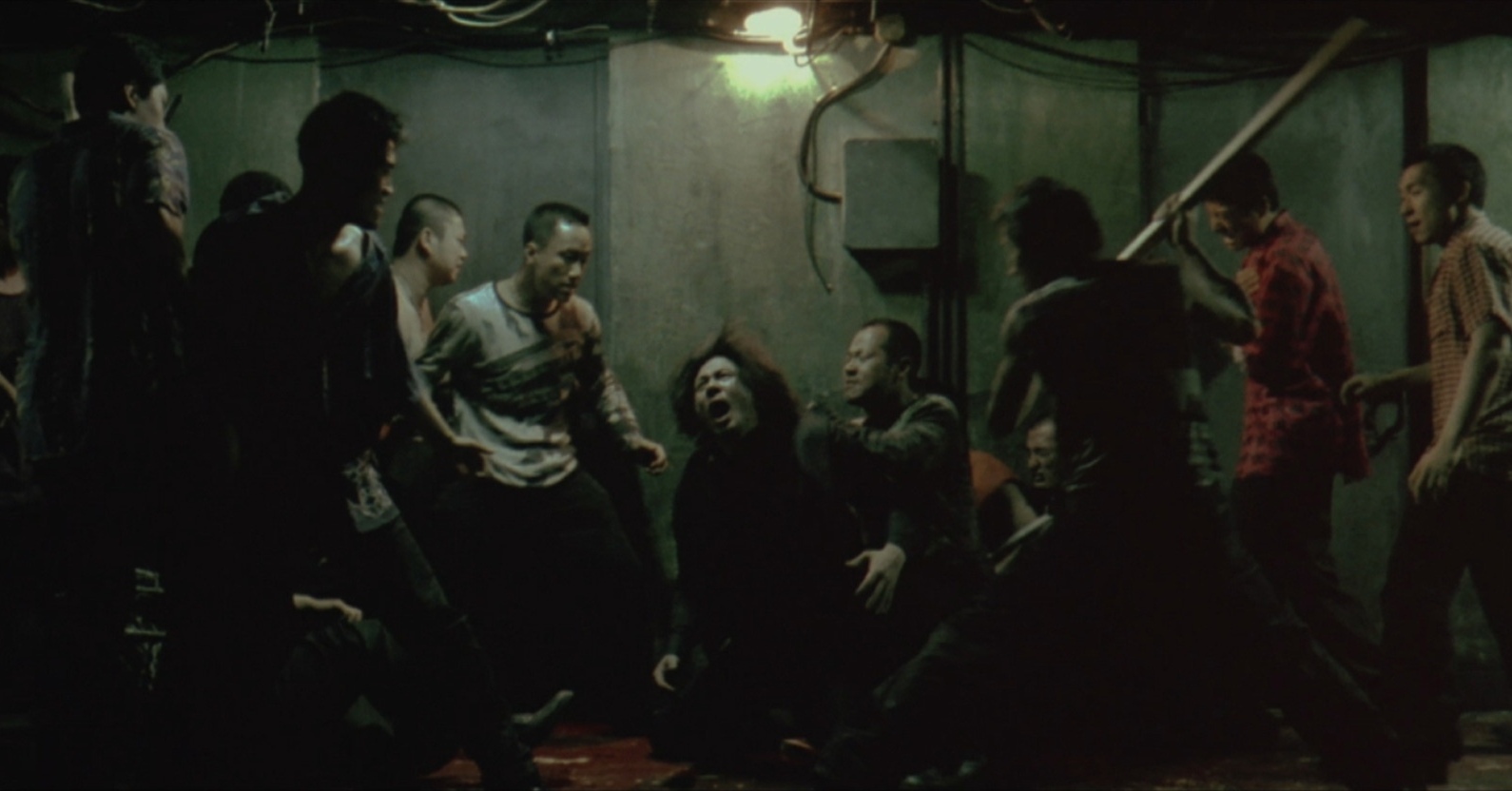
Park’s action scenes are usually remembered for their extreme depiction of violence. However, there is another trait that also makes those kinds of scenes stand apart, and that is the retro video game aesthetics.
This characteristic chiefly appears in two scenes. The first one takes place in “I’m a Cyborg, But That’s OK” when Im Soo-jung “transforms” into a killer-cyborg inside the mental hospital, assaulting nurses and doctors alike.
The scenes inside the establishment give a distinct shoot-em-up essence, in the fashion of “Counter-Strike”, while the scenes on the outside are much like older J-rpg games.
The second one is presented in “Oldboy”, in the famous corridor-fighting scene. As the camera moves sideways and Deal-su is facing scores of enemies, the scene is quite reminiscent of old school beat-em-up games, like “Final Fight” and “Double Dragon”.
Park, however, has stated that this effect is unintentional.
3. Black humor in the most unexpected of times
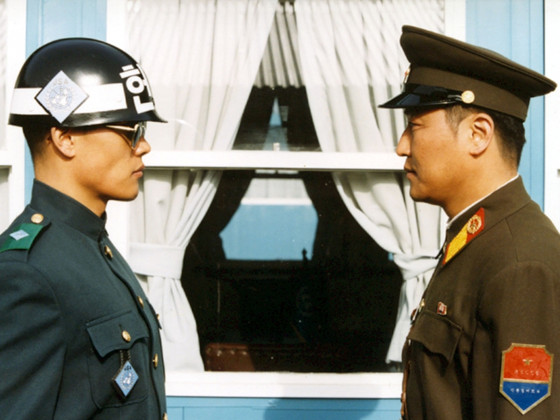
Park’s extreme sense of humor is definitely one of his unique traits and an element that appears in all of his films, sometimes in subtle fashion and sometimes in a more obvious way. His humor is always dark and ironic, occasionally preposterous and unexpected, and sometimes even blasphemous.
Of the many scenes where this sense appears, three are the most distinct. The first one takes place in “Sympathy for Mr. Vengeance”, when a bunch of boys are sitting as close as possible to the wall of their apartment and masturbate to the sound of a woman moaning next door. However, when the camera moves there, the moans are revealed to come from a woman in extreme pain, struggling on the floor.
The second one occurs in “Thirst”, when Sang-hyun, who has already become a vampire, lies on the floor of a hospital room, drinking blood from a coma patient, while thinking that he would also be “willing to share his blood.” The fact that Sang-hyun is a priest gives the scene a truly blasphemous essence.
The third one appears in “JSA”, where the two soldiers, one from North Korea and one from South Korea, who have already become friends, stand opposite each other, on the very last line that separates the two countries.
Eventually, they start spitting at each other while trying to contain their laughter. The fact that this occurs in the specific place and between two individuals who are supposed to consider each other enemies at all times, is a distinct proof of the preposterousness of Park’s humor.
4. Revenge as the main theme
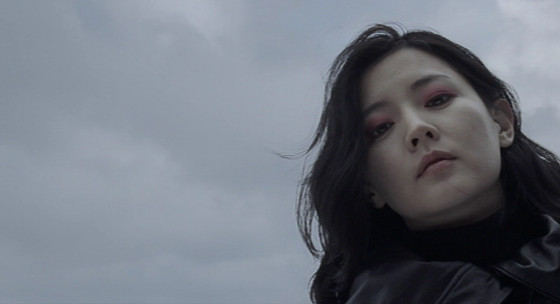
Revenge is probably one of the most common themes in Korean cinema, with many masterpieces based on it, as is the case with films like “I Saw the Devil”. However, no one has explored this particular theme as deeply as Park did in his “Vengeance Trilogy”.
In “Sympathy for Mr. Vengeance”, revenge is actually threefold. Ryu wants to avenge the people that took advantage of him when he was looking for a kidney for his sister on the black market, Dong-jin wants to avenge the kidnappers of his daughter, and Yeong-mi’s comrades want to avenge her. In this fashion, Park wanted to present the futility of revenge, as all of the aforementioned characters succeed in their purpose but gain nothing from it. Quite the contrary, actually.
In “Oldboy”, revenge is presented in its highest form, as a true elegy that touches on the depths of an ancient tragedy, portrayed as the fiercest driving human force. According to Park, repentance can be reached through revenge, as it functions as catharsis, through humiliation and utter despair.
In “Sympathy for Lady Vengeance”, Park presents the notion that revenge can transform even the most “normal” individual into a cold-blooded killer, if the act he wants to avenge is despicable enough.
5. Elaborate use of handheld camera
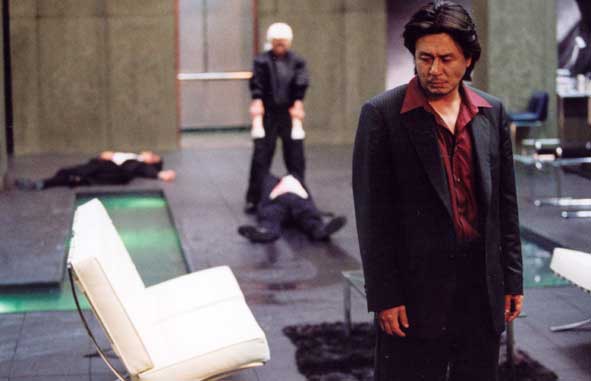
Park Chan-wook is one of the most prominent filmmakers in the use of the handheld camera, as he uses it to give his films a slightly shaky effect. However, the movement and the angles he uses are very subtle and the presence of the particular medium does not become so obvious, as in “The Blair Witch Project”, for example.
Furthermore, the handheld camera gives a more direct view of the scene to the audience, actually making them think that they are a part of the movie.
This trait is most eloquently presented in “Oldboy”, when Dae-su learns the truth and is actually filmed with a handheld camera as he crawls and begs.